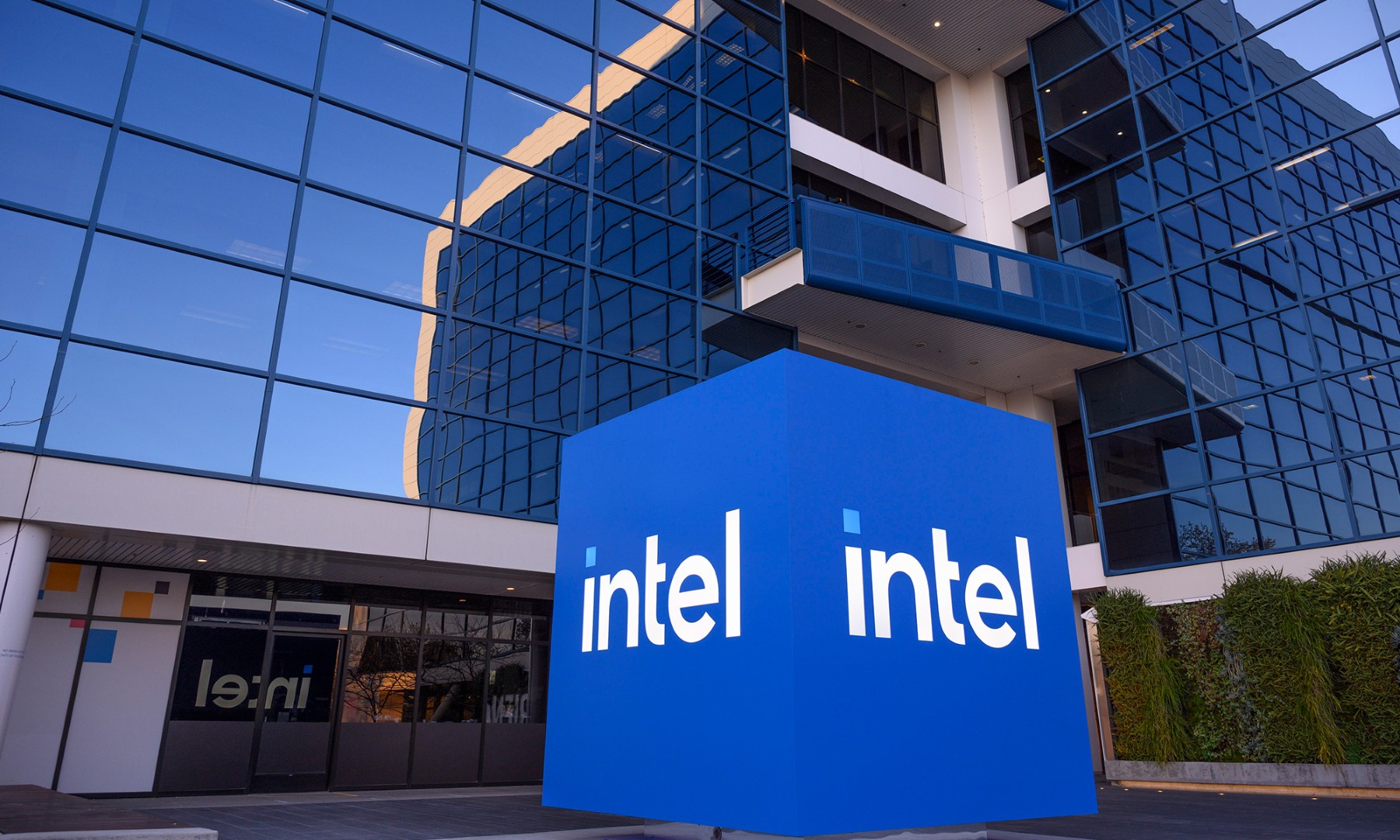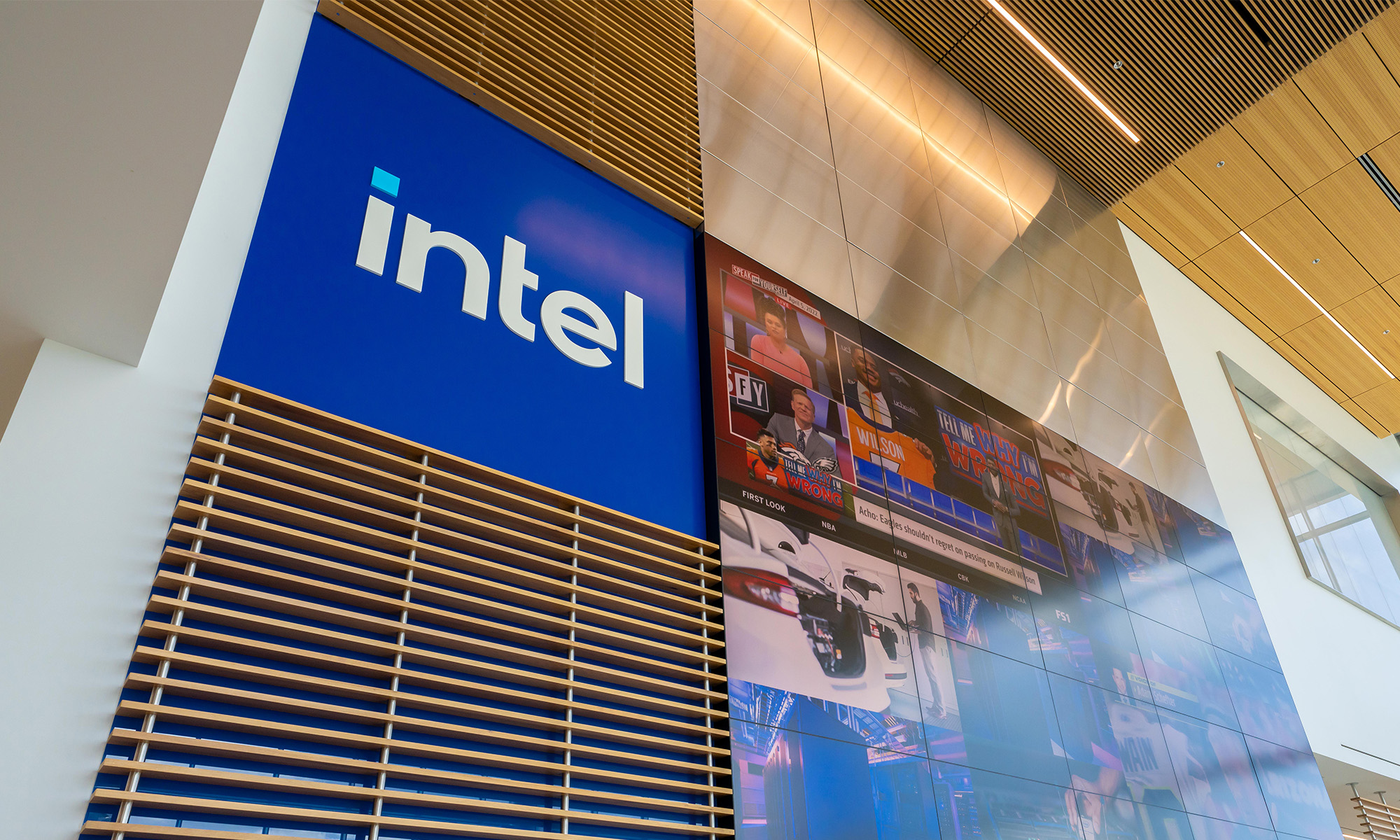Back in December, I noticed that Intel (INTC +1.70%) CEO Brian Krzanich sold a lot of stock, effectively unloading as many shares as he could while still maintaining the minimum number of shares as required by Intel's corporate bylaws.
Krzanich's trades were made on Dec. 1, 2017, based on a stock sale plan that he put into place on Oct. 30, 2017.

Image source: Intel.
The optics of those transactions weren't inspiring. Here's what I said at the time:
Instead, given that Krzanich seems to have sold all the shares he could save for those he is required by Intel's corporate bylaws to hold, the impression that I get is that Krzanich doesn't have a ton of faith in the potential for Intel stock to appreciate, perhaps driven by a lukewarm (or potentially even negative) view of the company's near- to medium-term business prospects.
Shortly after these trades were made, two large security vulnerabilities in Intel's processors were made public, Spectre and Meltdown. Krzanich's trades raised some eyebrows because Intel (and, presumably, Krzanich) reportedly knew about these security vulnerabilities in its processors long before they were disclosed to the public.
Ultimately, it doesn't seem like the Spectre and Meltdown vulnerabilities were a big deal -- Intel went on to deliver strong results in the first quarter of 2018 and even raised its full-year guidance for the rest of 2018.
Nevertheless, while the Spectre and Meltdown drama has passed, Krzanich's trades still leave a really bad taste in my mouth -- even worse than it did when the trades were first disclosed.
What did Krzanich know about 10 nanometer?
On Intel's Oct. 26 earnings conference call, Krzanich had the following to say about the company's upcoming 10-nanometer chip manufacturing technology: "We're on track to ship our first low-volume 10-nanometer part by the end of the year. That will be followed by the initial ramp in the first half of 2018, with both high volume and system availability in the second half of 2018."
Then, about six months later during the company's April 26 earnings conference call, Krzanich said the following (emphasis added):
We continue to make progress on our 10-nanometer process. We are shipping in low volume and yields are improving, though the rate of improvement is slower than we anticipated. As a result, volume production is moving from the second half of 2018 into 2019. We understand the yield issues and have defined improvements for them, but they will take time to implement and qualify. We have leadership products on the road map that continue to take advantage of 14-nanometer, with Whiskey Lake for clients and Cascade Lake for the data center coming later this year.
Within the span of six months, Krzanich's message goes from "10 nanometer is on track" to "10 nanometer is delayed into 2019." To make matters worse, Krzanich refused to say whether 10 nanometer would go into mass production in the first half of 2019 or in the second half of 2019 in response to an analyst question:
We're going to start that ramp as soon as we think the yields are in line. So I said 2019. We didn't say first or second half, but we'll do it as quickly as we can based on the yield.
It seems implausible that things were "on track" for Intel's 10 nanometer on Oct. 26 and then six months later -- after years of delays -- Intel discovers that it could potentially be a year behind where it had expected to be.
To add further fuel to the fire, on Dec. 11, 2017, SemiAccurate, citing industry sources, said that Intel was "not much closer to a solution" to the issues plaguing the company's 10-nanometer technology "than it was a year ago."
On Dec. 20, 2017, SemiAccurate once again published that "Intel seems to have no faith in the problems being solved before 2019."
Now, even if you don't want to believe SemiAccurate here (I do), also keep in mind that by early December, information was leaking out about how Intel was planning to launch its 14-nanometer Whiskey Lake processor in the second half of 2018. Chips can't be designed overnight, so I suspect that Whiskey Lake had been in the works for a while before information about it leaked out -- possibly before Krzanich made his statements about 10-nanometer production plans on Oct. 26.
Krzanich's market share loss expectations
In a June 11 research note, analyst Romit Shah with Instinet said that he met with Krzanich, who was "very matter-of-fact in saying that Intel would lose server share to AMD (AMD 2.98%) in the second half of 2018."
"Mr. Krzanich didn't draw a firm line in the sand as it related to AMD's potential gains in servers; he only indicated that it was Intel's job to not let AMD capture 15-20% market share," Shah wrote.
Now, what's interesting to me is that during Intel's shareholder meeting, I actually asked about the potential risk to Intel's business from AMD. Here was the response from Krzanich (emphasis added):
And my answer, just like we answered in the earnings call earlier this in April is absolutely that we believe that our 14-nanometer technology still has a lot of leg room left in performance improvement along with our architectures and we can continue to deliver that leadership performance, not only in the data center, but also in client computing for your PCs and across the gamut of products that are of course going to. So we're very confident and we have plans to continue to drive those leadership products at even more aggressive level but it's still critical that we continue to improve the yields and deliver our 10-nanometer in 2019 as well. So we're comfortable with our road map. We think we have one of the best road maps that Intel's had in its history moving forward.
So, in public statements, Krzanich is expressing his confidence that it can "continue to deliver that leadership performance" and that the company has "one of the best road maps that Intel's had in its history," but to analysts he's saying that Intel is set to lose market share and that "Intel's job" is to try to keep Intel from going from roughly 100% market share in the data center processor market to 80%-85%.
This statement seems to suggest that Intel could be expecting to lose more than 10% market share in its data center processor business. How long has Intel held this expectation? Did Krzanich expect it when he sold substantial quantities of stock on Dec. 1, 2017?
One last thing that concerns me is that, according to SemiAccurate, Intel's first 10-nanometer server processor, known as Ice Lake-SP, is slated to hit the market in "mid-2020." AMD recently disclosed that its first 7-nanometer data center processor (Intel's 10 nanometer should be roughly equivalent in performance and efficiency to foundry 7nm technologies) would launch sometime in 2019.
If AMD puts out its 7-nanometer data center processor, called Rome, sometime in the second half of 2019 while Intel's first 10-nanometer data center processor doesn't arrive until "mid-2020," then Intel could find itself at a substantial manufacturing disadvantage relative to AMD.
In fact, BlueFin Research Partners says that it is "hearing that customers are very excited about the performance of the next generation Rome platform" and that its sources "remain confident that AMD can achieve double-digit unit share longer term, based on the initial [AMD] Epyc design activity and robust product roadmap and aggressive transition to 7nm."
Perhaps, based on his statements, Krzanich also expects AMD to achieve "double-digit unit share" in the data center processor market at Intel's expense.
Investor takeaway
Only Krzanich knows why he sold the stock that he did. During Intel's shareholder meeting, he claimed that the sale wasn't related to his confidence in Intel's future and that his "view of the company is stronger today than it ever has been in my 35 years here."
These words ring hollow. Krzanich presumably knows better than anybody on the planet how Intel's product pipeline is progressing, the company's projected competitive positioning across its key markets, and what kind of feedback Intel is getting from customers. He's saying in public that he's confident in Intel's prospects, but at the same time he's telling analysts that Intel's set to lose market segment share against AMD -- seemingly significant amounts -- and he's selling a bunch of stock.
Sorry, Krzanich, but your story doesn't add up.







